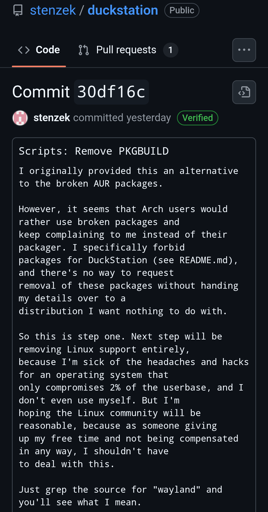Queer Dating Apps: Beware Who You Trust With Your Intimate Data
-
When discussing the intersection of data privacy and LGBTQ+ experiences, it's inevitable to also talk about queer dating apps. Due to a smaller percentage of the population and a number of factors complicating in-person dating, people part of the queer community are more likely to seek online platforms to meet lovers and friends. Unfortunately, using queer dating apps can be very dangerous for privacy, and even for safety.
Dating apps are generally horrible for everyone's privacy, but the queer population is at an even higher risk of harm due to discrimination, and even criminalization in certain regions.
Despite the risks, LGBTQ+ people still need to fulfill their social and romantic needs like anyone else.
This isn't an easy task outside the online realm either. Discrimination can be much worse in physical environments that aren't specifically catering to the queer community. In some regions, this can even mean a greater risk of physical aggression.
LGBTQ+ people aren't necessarily safe to date in the same ways cisgender heterosexual people are, increasing the need for safe spaces.
Another important factor is that a smaller percentage of the population necessarily creates a smaller dating pool. Even if someone were to avoid entirely online services, if they aren't located in a town large enough to host LGBTQ+ venues and events, or if they live in an environment where revealing their queer identity could be unsafe to them, online spaces might be their only viable option to find connections.
Sadly, this isn't ideal. In today's world, it seems very few services (if any) are considering the importance of data privacy for dating apps seriously enough.
For this reason, it is crucial to acknowledge the dangers, and learn about ways to minimize the risks, and to stay safe while looking for romantic or sexual partners online.

Queer Dating Apps: Beware Who You Trust With Your Intimate Data
At the intersection of data privacy and LGBTQ+ experiences, it's inevitable to talk about queer dating apps. Unfortunately, most are horrible for data privacy.

Privacy Guides (www.privacyguides.org)







